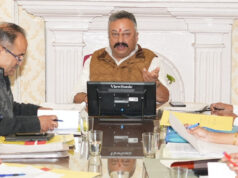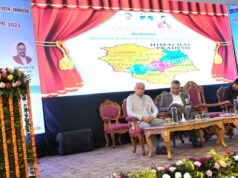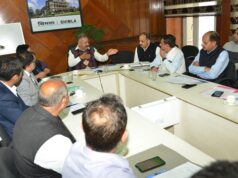The Himachal Pradesh government is moving toward significant policy changes to address the long-standing demands of vocational teachers in government schools. In a meeting chaired by Education Minister Rohit Thakur at the State Secretariat on Wednesday, several key decisions were made, including forming a sub-committee to examine their grievances.
The sub-committee, headed by Rajesh Sharma, Project Director of Samagra Shiksha, will deliberate on whether to retain or remove private companies currently managing vocational teachers. This has been a core demand of the Vocational Teachers Association, which has also sought policy reforms similar to those implemented in Haryana.
As an immediate relief, the government announced an increase in annual leave for vocational teachers from 20 to 30 days. Additionally, the maximum recruitment age for these positions has been raised from 37 to 45 years. These changes aim to improve working conditions and attract experienced professionals to the teaching workforce.
The government also addressed the aftermath of the recent 11-day protest by vocational teachers at Chaura Maidan in Shimla. The salaries for the strike period will not be deducted, although special leave will be adjusted for the days missed. The strike, which concluded on September 14 after the intervention of the Education Minister, highlighted critical issues such as the role of private companies in managing appointments and the lack of a comprehensive policy framework.
Education Minister Rohit Thakur emphasized that the sub-committee’s recommendations will guide the government’s decisions. These will be presented to the Chief Minister for further action. Issues requiring central government intervention will also be raised with the Ministry of Education. “We are committed to resolving these matters fairly and transparently,” said Thakur.
The Vocational Teachers Association welcomed the government’s steps but insisted on a clear policy to eliminate private intermediaries. The association reiterated its demand for reforms to ensure fairness, stability, and improved working conditions.













